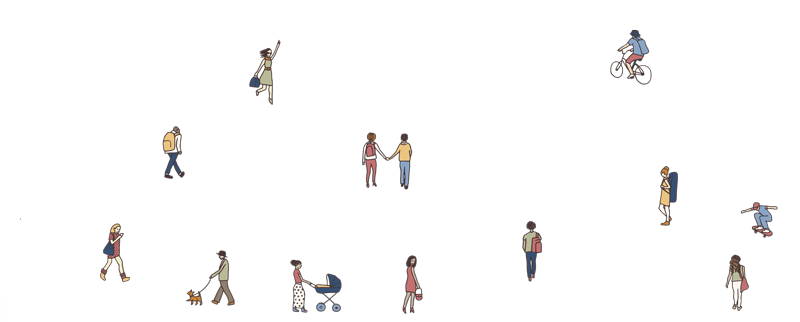Accessibility and Online Video Statistics
On this page, we cover everything from the state of hearing and vision loss, to the rise of social video, to accessibility in higher education.
Use this as a reference, share it with others, and help spread the word about the need for greater accessibility.
State of Hearing & Vision Loss
Over 5% of the world’s population has disabling hearing loss.
That’s 360 million people (328 million adults and 32 million children).

3.5% of the world’s population live with vision impairment.
That’s 253 million people (36 million are blind and 217 million have moderate to severe vision impairment).
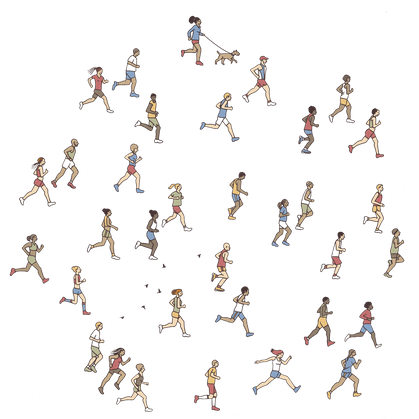
20% of Americans are d/Deaf or hard of hearing.
That’s 48 million Americans.
10% of all adult Americans have some degree of vision loss.
That’s 23.7 million American adults age 18+.
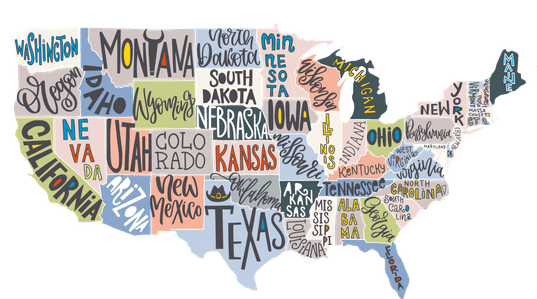
30% of working professionals have a disability.
62% of employees with a disability have an invisible disability or a disability that one cannot immediately identify upon meeting a person.
60% of those who have hearing loss are either in the workforce or in an educational setting.
71% of people with disabilities leave a website immediately if it is not accessible.

What's Going on with Online Video?

By 2022, online videos will make up more than 82% of all consumer internet traffic — 15 times higher than it was in 2017.

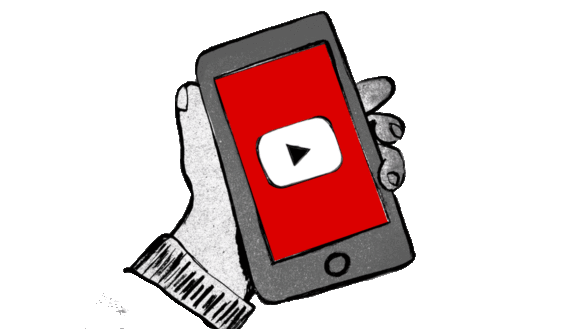
20% of disabled people have canceled a streaming service subscription because of accessibility issues.
66% of users feel either frustrated, let down, excluded or upset by inaccessible entertainment.
The most common issues include no captions, bad navigation, and lack of transparency.

Use of Closed Captioning
41% of videos are incomprehensible without sound or captions.
In fact, 80% of viewers react negatively to videos autoplaying with sound. So now, many social media outlets now autoplay videos on silent.

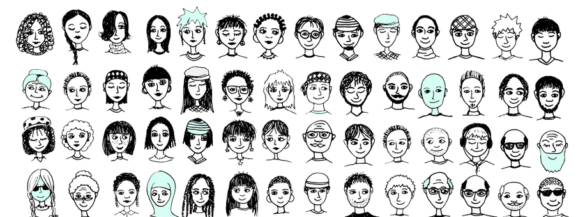
Why Do People Use Closed Captions?
Captions help with comprehension of dialogue, clarification of terminology, concentration, and engagement.

To focus and/or understand the language

Use of Audio Description
Federal law requires that major television networks each provide 50 hours of audio described programming a year.
Audio description is a narration describing the important visual details in a video that cannot be understood from the soundtrack alone.

Popular streaming services like Netflix and Hulu have been sued for failing to provide audio descriptions.
Courts have stated that under the ADA, streaming services are considered ‘places of public accommodation,’ and should therefore describe their content.

Currently, Netflix has 549 titles with audio description.
Some seeing people are using these audio descriptions as audio books.

How Do People Use Audio Description?
Audio description promotes learning through auditory means and helps with language development, writing and speaking.



The Rise of Social Video
Adding captions to Facebook videos increased view time by 12%.
Facebook video posts with captions have 135% greater organic reach.
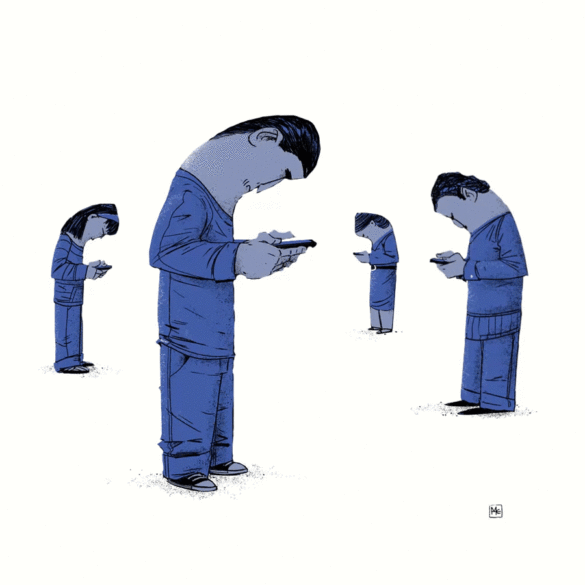
More than 500 million hours of videos are watched on YouTube each day.
72 hours of video are uploaded to YouTube every 60 seconds.
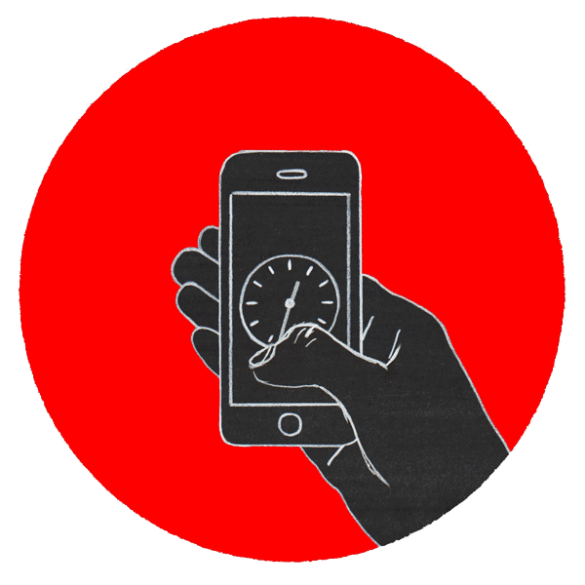
Adding captions to YouTube led to a 7.3% increase in views.
80% more people are more likely to watch an entire video when captions are available.

How Organizations Caption Content
36% of organizations caption all of their video content.
61% of organizations have or are developing a centralized captioning process.

In 2020, the #1 driver for captioning was legal compliance.
And the #1 barrier to captioning was cost/budget.

Accessibility in Higher Education

53% of educational institutions said their approach to captioning was primarily reactive.

98.6% of students find captions helpful.
71% of students without hearing difficulties use captions at least some of the time.

65% of students say captions help them focus.
&nsbp;
63% of students say captions help them retain information.


Faculty who provided captions ranked higher than faculty who did not provide captions.
&nsbp;



